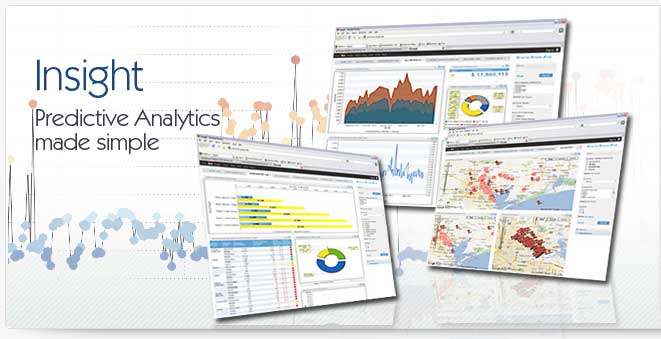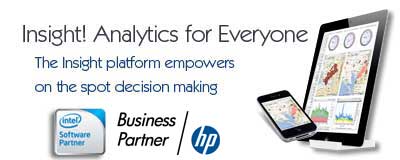Enterprise Data Integration
Enterprise data integration is a term that is often used in two alternate meanings. The technical definition of Enterprise data integration is simply the process of using data maps to exchange data between systems - for instance between an ERP system and a CRM system. In general usage, however, Enterprise data integration is the process of integrating data, business processes and procedures in an effort to gain greater agility, more flexibility in responding to changing market conditions and in providing customers with the products and service they need. In this broader definition enterprise data integration is more of a way of thinking and working for the larger organization that is backed by technology designed to make it simpler and faster to ensure that the right data in the right place and at the right time.
Technical Aspects of Enterprise Data Integration
While enterprise data integration is often used to discuss a way of running a large operation, the actual technical term defines a very specific set of tools and issues. Specifically, enterprise data integration is the process of moving data between systems to ensure commonality and consistency of data cross systems within the Enterprise. With this definition enterprise data integration relies on a wide range of tools, from simple Extract Transform and Load (ETL) tools that create maps to move data into and out of systems, to more complex architectures designed to allow systems to exchange data with each other seamlessly. These architectures are also often referred to as Service Oriented Architectures (SOA) and have been a key area of focus for large enterprises over the past few years
Enterprise Data Integration and the SMB
So how does enterprise data integration affect small and mid-sized businesses? The short answer is that it doesn't. The longer answers is that some of the key benefits of enterprise data integration can be achieved by even the smallest organization through some of the tools used in the enterprise data integration process. As larger Enterprises have deployed ETL tools to enable their enterprise data integration projects, these tools have begun to trickle to the SMB market through companies like EMANIO that provide lower cost products that provide enough of a feature set as needed by the smaller enterprises.
Reaching the Promise of Enterprise Data Integration for SMBs
As a small and mid-sized business you may want to achieve the benefits of enterprise data integration but may be afraid of costs and potential hassles involved in developing and deploying an Enterprise style project. The best course of actions for these companies is to simplify the process and begin small. An example of this would be to purchase an ETL tool or to enlist the help of a company like EMANIO to use its ETL tools to integrate two critical systems. An example of this would be the integration of your in-house EDI system to your ERP system. This form of integration will be significantly less expensive than a full fledged Enterprise Data Integration project while providing you with the kind of returns you need to ensure a higher level of profitability and revenue growth.
As your company grows and your needs for data integration grow, it will be significantly easier and more cost effective to upgrade your ETL projects over time, adding enterprise data integration layers as your business grows. While you may never need a full enterprise data integration framework, you will certainly be able to benefit from the aspects of enterprise data integration that make the most sense for your business as it grows.
|



